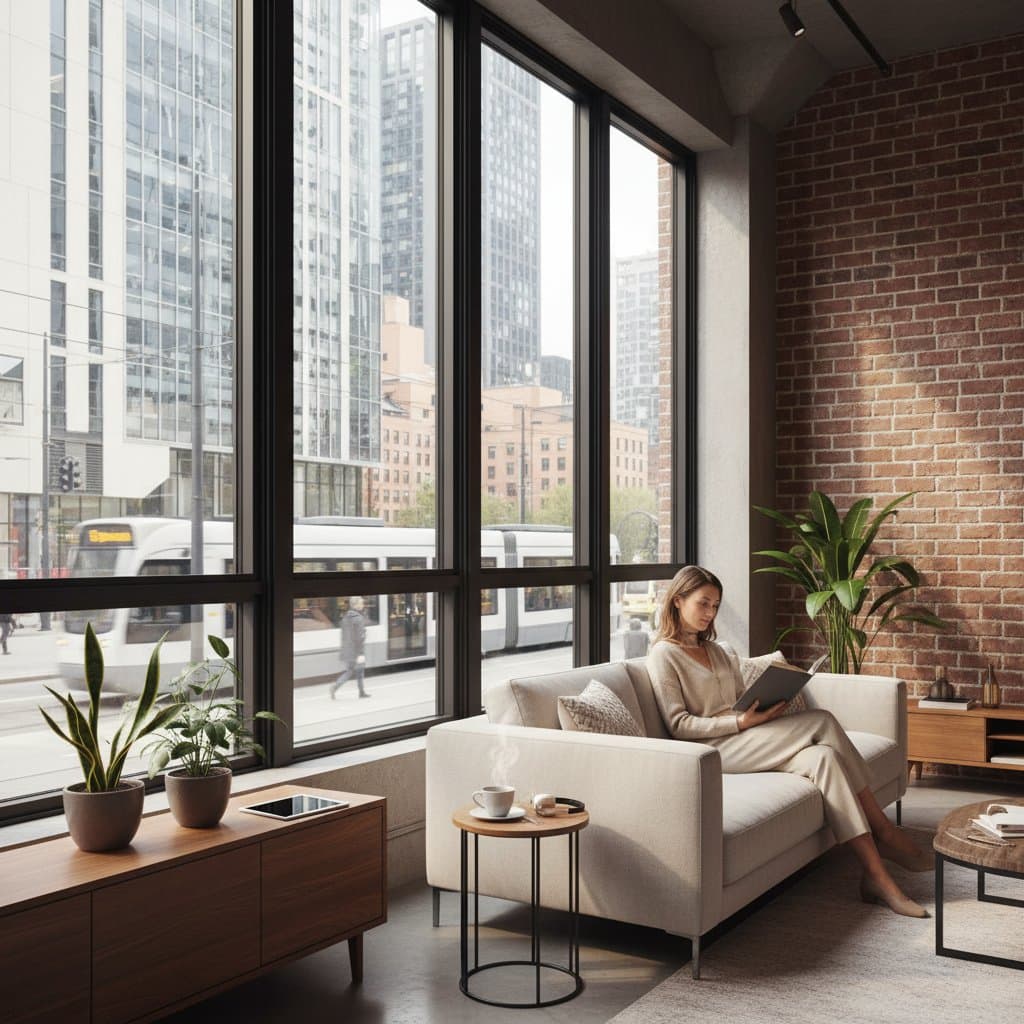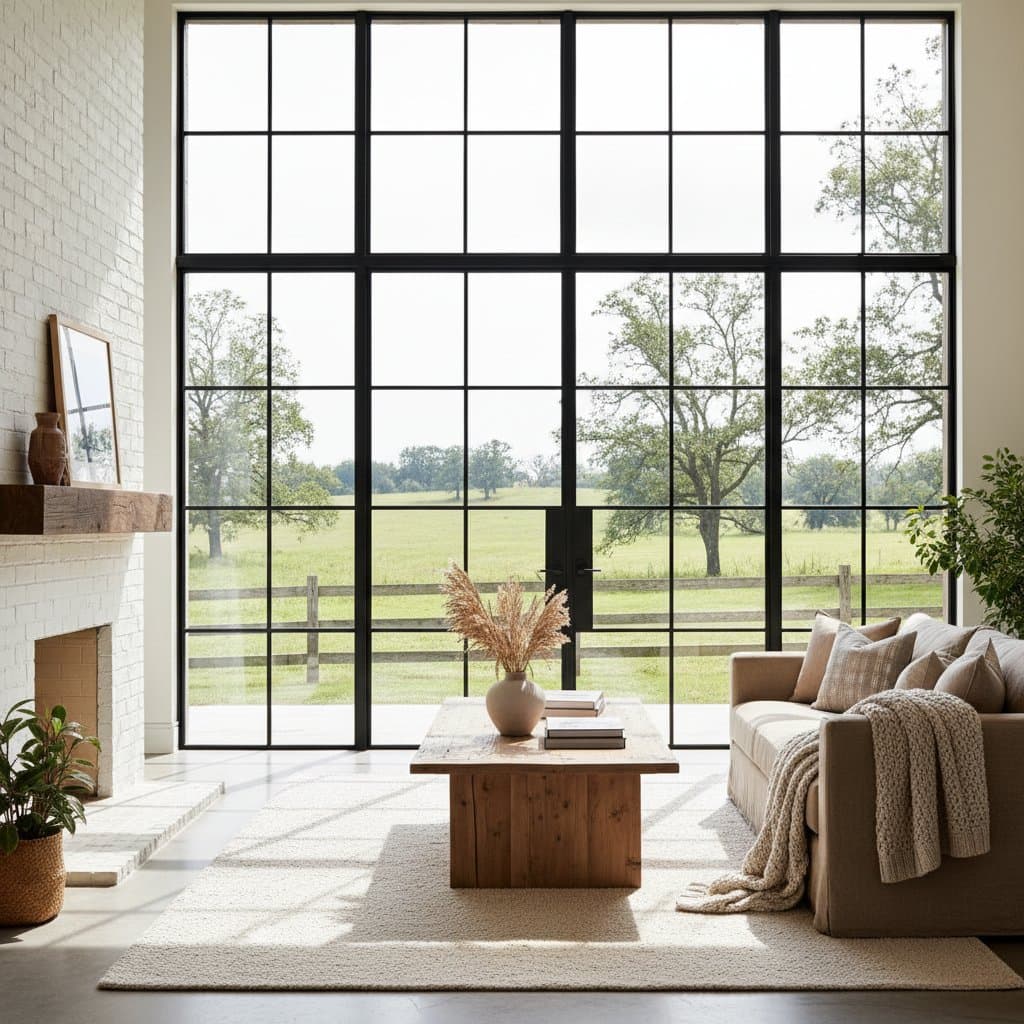Why Japandi Hardware Defines 2025 Minimalist Doors
Minimalist interiors evolve continuously, and a prominent trend emerges in the integration of Japandi hardware into contemporary door designs. This style merges the inherent warmth of Scandinavian simplicity with the disciplined elegance of Japanese aesthetics. Applied to doors, Japandi principles foster a refined interplay among functionality, material texture, and serene visuals. Hardware transcends mere utility; it establishes the emotional tone of a space, influencing its usability and enduring appeal over years.
This heightened focus on door hardware in minimalist settings mirrors wider shifts in living preferences. Individuals prioritize materials and shapes that promote tranquility, resilience, and genuineness. Japandi hardware captures these ideals via its inviting touch, gentle contours, and subtle accuracy. Designers and renovators who grasp these components can craft environments that blend peacefulness with everyday practicality.
Minimalist Doors as Canvases for Hardware
Minimalist doors provide an ideal foundation for Japandi hardware. Their clean surfaces, invisible seams, and subdued tones enable hardware elements to emerge distinctly yet unobtrusively. Constructed from materials like oak veneer, lacquered MDF, or untreated bamboo, these doors emphasize scale and surface quality over decorative excess.
Selecting hardware offers the key opportunity to infuse personality into these understated forms. The profile, heft, and surface treatment of a handle determine its interaction with illumination and the tactile encounter within the area. For instance, a slender rectangular pull in satin bronze imparts subtle glow against a light ash door, whereas a matte black steel orb delivers a restrained geometric accent.
Contemporary minimalist spaces frequently incorporate hidden hinges and embedded hardware mounts. Such techniques resonate with Japandi values by reducing optical distractions and highlighting artisanal skill. The result integrates hardware fluidly into the space's structural cadence, appearing purposeful rather than ornamental.
The Role of Texture and Tactility
Texture exerts a subtle yet profound influence in Japandi aesthetics. The sensation of a door handle shapes perceptions of the surrounding environment. Polished brushed alloys evoke meticulousness and composure, whereas velvety coatings convey accessibility and coziness.
Designers often combine coarser grains with sleek planes to build layered interest. Consider a subtly hammered bronze lever paired with a glossy walnut panel; this juxtaposition introduces dimension without overwhelming the senses. Such material dialogues reflect Japandi's core tenet of merging restraint with perceptual depth.
Tactility extends to practical interactions. Hardware demands ergonomic assurance for routine handling. Opt for softly curved profiles, uniform grasp widths, and equilibrated dimensions to facilitate smooth operation. In minimalist contexts, usability arises from thoughtful minimalism, not superfluous adornment.
Durability and Maintenance Practices
Japandi hardware combines sophistication with robust construction for extended service. Upkeep varies by composition but stays straightforward overall. Wipe surfaces weekly using a microfiber cloth to eliminate particulates. Metals respond well to diluted soap solutions and thorough rinsing, steering clear of abrasives that might dull patinas.
For accents involving wood, apply natural oils quarterly to sustain sheen and avert brittleness. In moisture-prone areas, deploy silica absorbers or promote ventilation to guard against oxidation or distortion.
Routine checks on mechanisms prove essential. Secure any slack fasteners and apply silicone-based lubricants to pivots annually. These measures prolong functionality, mute operational sounds, and enhance overall interaction reliability.
Balancing Cost and Value
Japandi hardware commands a premium over basic alternatives, yet this outlay yields sustained benefits. Superior fabrication and resilient substances minimize future interventions.
Assess worth by projecting full ownership expenses, beyond initial expenditure. Inferior products prone to tarnish or instability demand prompt substitutions, inflating total costs. In contrast, premium selections maintain performance across generations.
Those managing budgets wisely allocate resources strategically. Invest in high-caliber pieces for prominent entryways and closets, reserving economical variants for utility zones. This strategy upholds cohesive aesthetics while respecting fiscal boundaries.
Long-Term Considerations and Sustainability
Sustainability weaves deeply into Japandi ethos. Opting for enduring hardware curtails landfill contributions and bolsters ethical practices. Prioritize alloys from recycled origins, timber from certified forests, and eco-friendly sealants to uphold these standards.
Explore adaptable systems for added versatility. Certain designs permit handle interchanges independent of core assemblies, accommodating style shifts without wholesale overhauls. This foresight advances ecological stewardship alongside personal design evolution.
Selecting Japandi Hardware for Timeless Interiors
Integrating Japandi hardware elevates minimalist doors into enduring assets. Begin by evaluating space requirements and material compatibilities. Consult samples in ambient lighting to gauge true tones and feels.
Partner with suppliers offering warranties and customization options. Test prototypes for fit and operation before final installation. Through deliberate choices, transform functional elements into harmonious contributors to serene, lasting homes.






